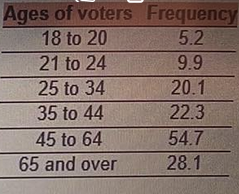he probability that he or she is a sophomore given that the student owns a credit card
Example probability Question - MyMathLab homework
Qn8. A group of students were asked if they carry a credit car.. The responses are listed in the table.
If a student is selected at random, find the probability that he or she is a sophomore given that the student owns a credit card. Round you answers to three decimal places.
Qn9. A card is selected at random from a standard deck of 52 playing cards. Find the probability of each event.
a. Randomly selecting a black suit or a jack.
b. Randomly selecting a heart or an 8
c. Randomly selecting 1 10 or face card.
Q10. The accompanying table shows the numbers of male and female students in a particular country who received bachelor’s degrees in business in a recent year. Complete parts (a) and (b) below. 
Find the probability that a randomly selected student is male, given that the student received a business degree.

